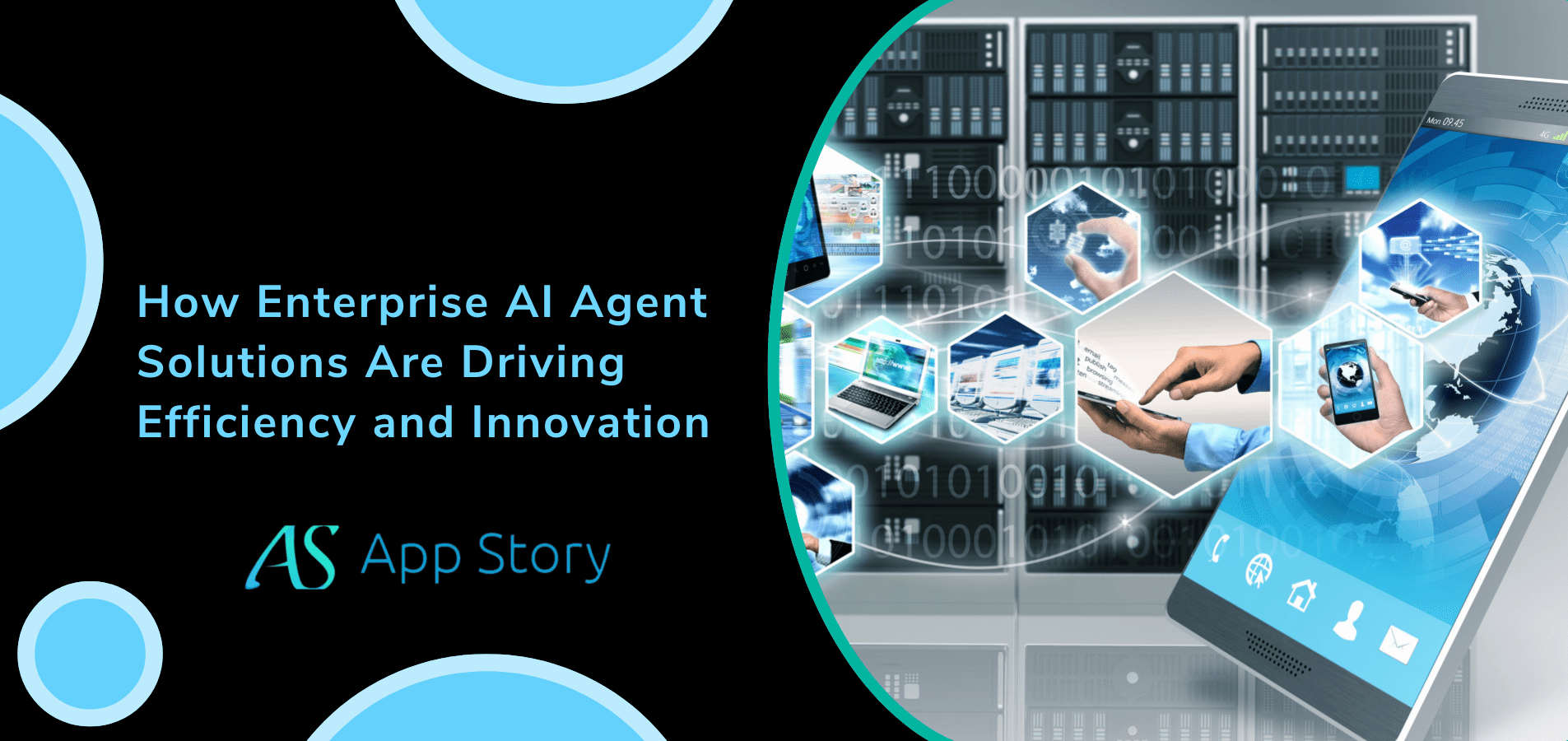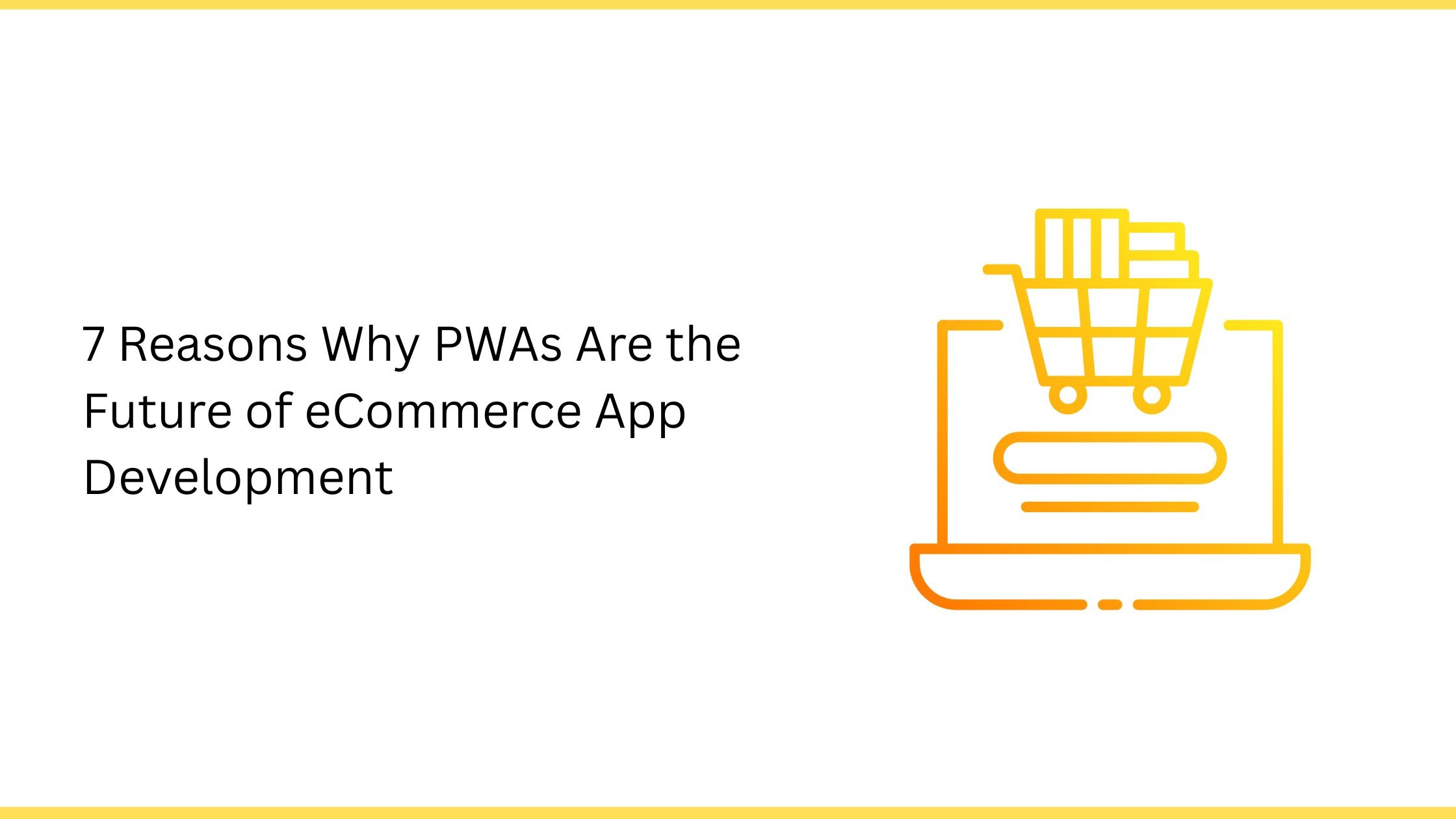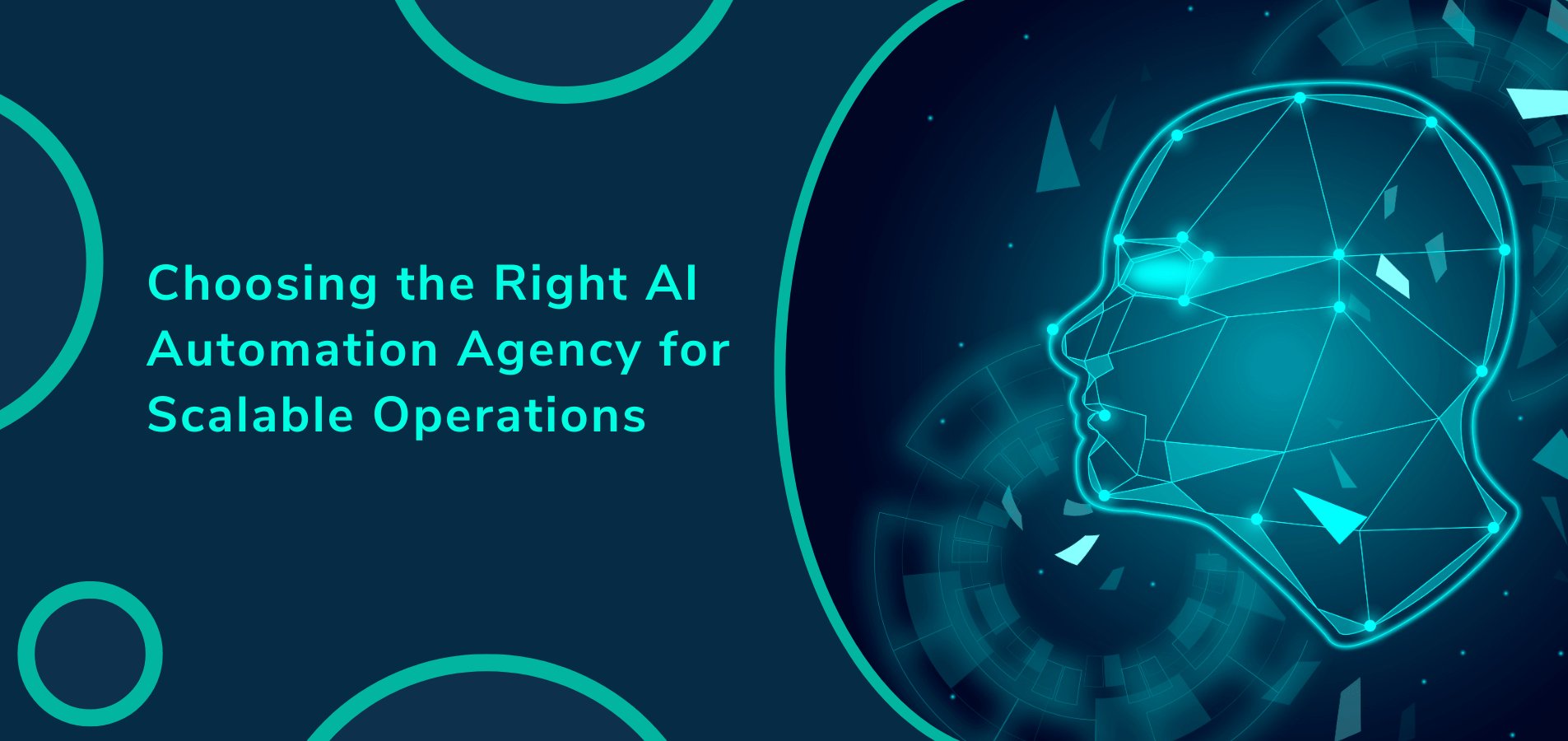The web experience on mobile is changing again — quietly but profoundly. What began as a lightweight alternative to native apps has now evolved into a robust digital ecosystem powered by Progressive Web Apps (PWAs). These aren’t just websites anymore; they’re fully capable applications that can install, notify, cache, and transact — all without a traditional app store. As browsers mature and performance APIs evolve, PWAs are set to redefine what “mobile-first” truly means in 2026.
For businesses, this evolution isn’t abstract — it’s strategic. The smartest brands are partnering with expert progressive web app development companies to gain app-like engagement without the overhead of native development. Here’s what’s coming next.
1. Near-Native Performance Through Edge Integration
Performance is no longer the Achilles’ heel of web apps. The next wave of PWAs will leverage edge computing to minimize latency, pushing assets and logic closer to users. This shift allows apps to load instantly, even in low-connectivity environments. Advanced custom PWA development solutions are already embedding service workers with edge routing logic — combining real-time responsiveness with native-grade smoothness.
But the real innovation lies in distributed execution. As CDNs evolve into intelligent compute networks, PWAs can offload computation directly to the edge. This means complex tasks like personalization, recommendations, or fraud detection can happen milliseconds from the user — without hitting the origin server.
For industries like eCommerce or fintech, this turns the PWA into a near-native powerhouse: instantaneous, safe, and intelligent. The result? Reduced bounce rates, higher engagement, and a seamless experience that rivals any native app — at a fraction of the development cost.
By 2026, the development of progressive web applications will increasingly include edge orchestration as standard rather than a luxury.
2. Offline Capability Goes Intelligent
Offline mode used to be a backup feature. In 2026, it becomes a strategic layer. Smart caching and predictive prefetching will allow PWAs to anticipate user intent — downloading key data before it’s even requested.
For industries like travel, banking, and logistics, this turns downtime into engagement time. Leading progressive web app development services are integrating AI-driven caching algorithms to make “always available” a practical reality.
Imagine a travel app that predicts your upcoming flight and automatically caches your boarding pass, gate info, and real-time map updates before you even deboard the plane. Or a retail app that preloads your most browsed categories before you reconnect.
This is where machine learning meets service workers — transforming traditional caching into adaptive intelligence. Developers are moving beyond static manifests to dynamic behavior models that evolve with user patterns.
It’s not just about offline access — it’s about predictive continuity, giving users a sense of control and reliability that even native apps sometimes fail to match.
3. Biometric and Hardware-Level Security APIs
Security is crossing a new threshold. With browser-level access to biometric authentication (via WebAuthn and FIDO2), PWAs can now offer fingerprint or face login with native-level encryption. That means passwordless, frictionless access without compromising compliance. In 2026, progressive web application development companies will make security design as integral as UX — not an afterthought.
Modern browsers now act as secure intermediaries between hardware and application logic. This means sensitive authentication data never leaves the user’s device — a massive step forward for data protection.
Financial institutions are already experimenting with device-bound credentials, where cryptographic keys are tied to the user’s hardware. Even if credentials are compromised on the network, they’re useless elsewhere.
For progressive web app developers, this convergence of cryptography and convenience will redefine how trust is built on the web. Security will no longer be a compliance checkbox; it will become a competitive differentiator — one that sets great apps apart from the rest.
4. Super-App Architecture Through Modular PWAs
PWAs will stop being standalone entities. The new trend is modular super-app ecosystems — independent micro-PWAs working in tandem under one umbrella. Think of a retail platform where payments, support, and loyalty each run as self-contained modules. Custom PWA development solutions are already architecting this microfrontend-based flexibility, allowing brands to scale or pivot rapidly.
This is similar to how microservices emerged in backend architecture: instead of making monolithic apps that are hard to maintain, companies are assembling modular PWAs where development, deployment, and update of every module are independent.
The advantage? Faster innovation cycles and less risk. A new loyalty feature can be rolled out without affecting checkout or account modules.
For enterprises, this translates into operational agility: the ability to adapt quickly to new business models or market shifts without reengineering the entire system.
By 2026, composable front-ends will be the default model for progressive web app development companies in building agile digital ecosystems.
5. Push Notifications Evolve into Smart Engagement
Push notifications will continue their shift from simple alerts toward contextual, behavior-driven engagement tools. AI will refine what gets sent, when, and why — reducing noise while boosting conversions. The best progressive web app development companies are embedding predictive engagement engines that blend user analytics with timing intelligence to make notifications feel human, not automated.
For example, a fintech PWA might only send a balance alert when spending behavior crosses a pattern threshold. A retail app could delay promotional notifications until the user’s usual browsing window, increasing the likelihood of interaction.
This marks a shift from broadcast to precision engagement. Instead of treating all users equally, modern push systems analyze micro-moments — intent, context, and emotional timing.
Brands that master this nuance will find their PWAs outperforming traditional apps in retention metrics. It’s not about sending more — it’s about sending smarter.
6. Unified Experience Across Screens
The “mobile web” is now a misnomer. PWAs or Progressive Web Apps are meant to be installed anywhere, from mobile phones and tablets to desktops, cars, and even TVs.
Responsiveness isn’t just about layout; it’s about interaction. Modern progressive web application development services emphasize adaptive UX logic to make sure continuity across devices is continued. Your session on one screen seamlessly resumes on another, just like a cloud-native application.
In 2026, the boundaries between mobile and desktop user journeys will be removed. Shared storage, progressive sync, and contextual design will enable users to switch between experiences with fluidity.
For instance, a user might start shopping on a tablet, continue with the payment on a phone, and review order status on a smart display — all within one cohesive PWA ecosystem.
This shift toward experience fluidity will redefine customer expectations. Businesses that deliver this “follow-me” continuity will dominate engagement metrics.
Progressive web app development companies are increasingly using APIs like Web Share Target, Web Bluetooth, and WebUSB to bridge these experiences beyond screens — integrating PWAs into physical ecosystems of connected devices.
7. Sustainability Through Lighter Codebases
Efficiency is the new prestige metric. PWAs consume less energy, bandwidth, and processing power compared to native counterparts. In an era where sustainability drives brand value, that matters. Expect progressive web application development companies to focus on smaller, greener codebases optimized for minimal resource consumption — without sacrificing power or design depth.
The shift toward sustainable code isn’t just environmental — it’s economic. Leaner applications mean faster loads, lower data costs, and longer device lifespans for users in emerging markets.
Modern development stacks focus on code splitting, lazy loading, and tree shaking in order to avoid redundancy at all costs and reduce overhead.
For global brands, this efficiency translates into accessibility. Lighter PWAs can serve users with poor connectivity or low-end devices — unlocking new audiences that traditional native apps often exclude.
In 2026, sustainability will be more than a CSR talking point; it will become a core metric of digital performance.
Conclusion: The Web Reclaims the Mobile Throne
2026 marks a shift in dominance. PWAs are no longer “almost” native — they are strategically equivalent. The combination of edge computing, biometric security, and modular architecture has blurred the once-clear boundary between web and app.
For enterprises, the takeaway is clear: investing in progressive web app development services is no longer experimental — it’s essential. Those who embrace PWAs now will define not just the future of mobile, but the future of digital itself.
The web has always been the most universal platform. PWAs simply unlock its full potential — speed, reach, and security fused into one elegant framework.
As more brands adopt custom PWA development solutions, the competition will shift from “who builds the best native app” to “who delivers the most seamless web experience.”
In the end, the browser isn’t the limit — it’s the launchpad. The next era of mobile innovation will live not in app stores, but right inside the web itself.
Read more articles of appstory.org






 United States
United States United Kingdom
United Kingdom India
India Canada
Canada Singapore
Singapore















![10 Benefits of the Internet of Things You Should Know [2025]](https://www.appstory.org/wp-content/uploads/2025/03/ATS-10-Benefits-of-the-Internet-of-Things-You-Should-Know-2025@2x-80x60.png)




















